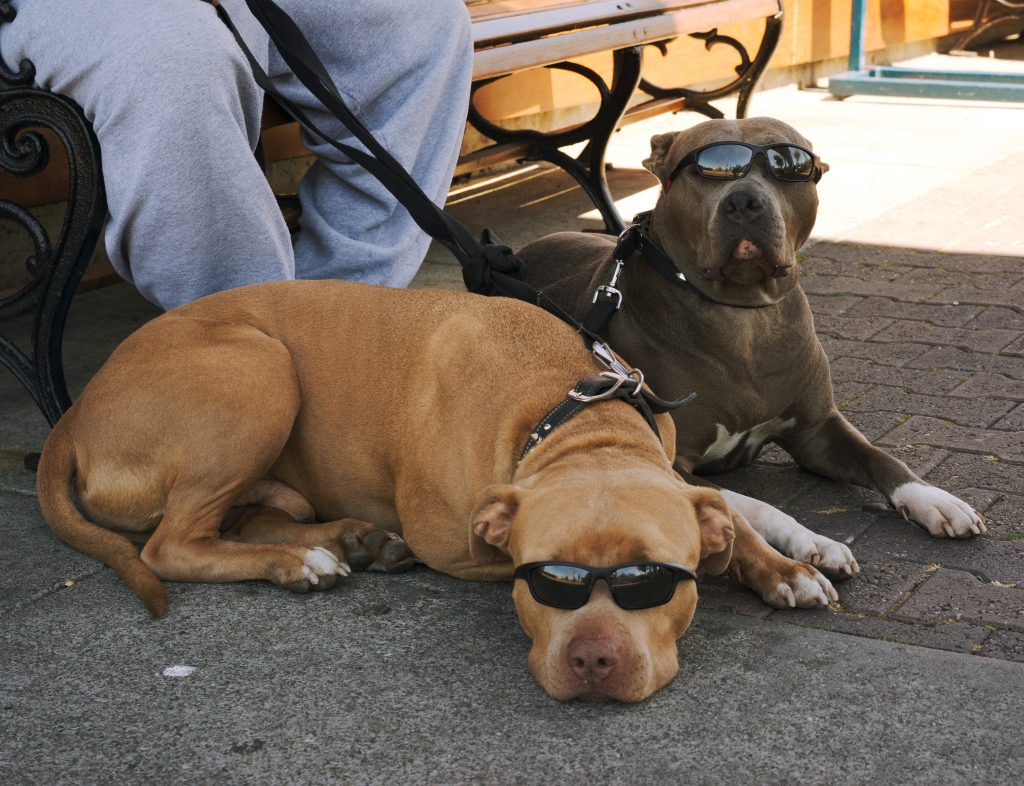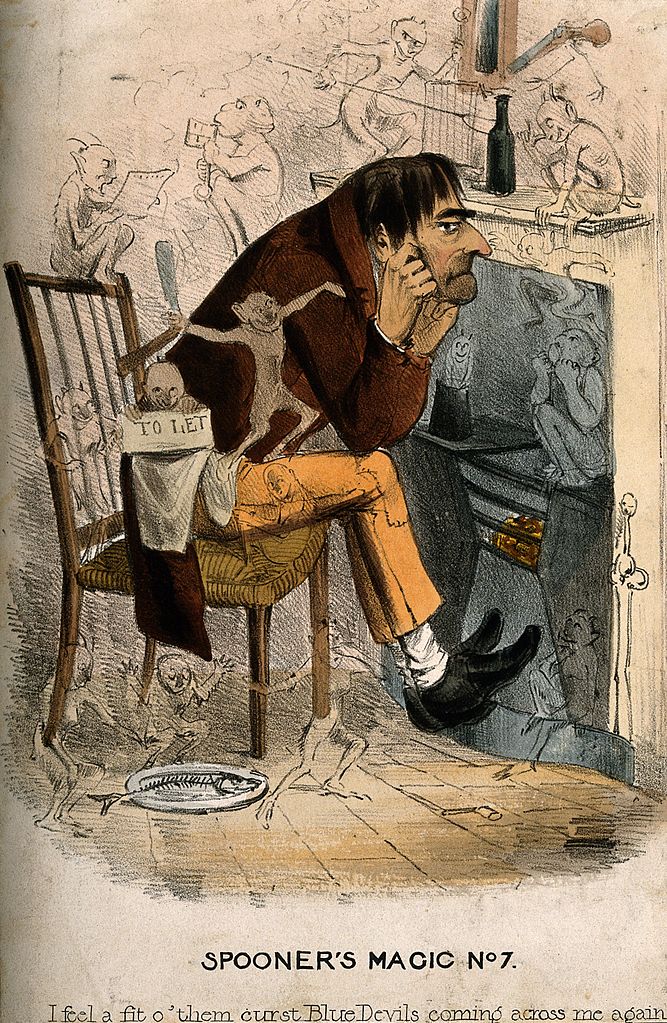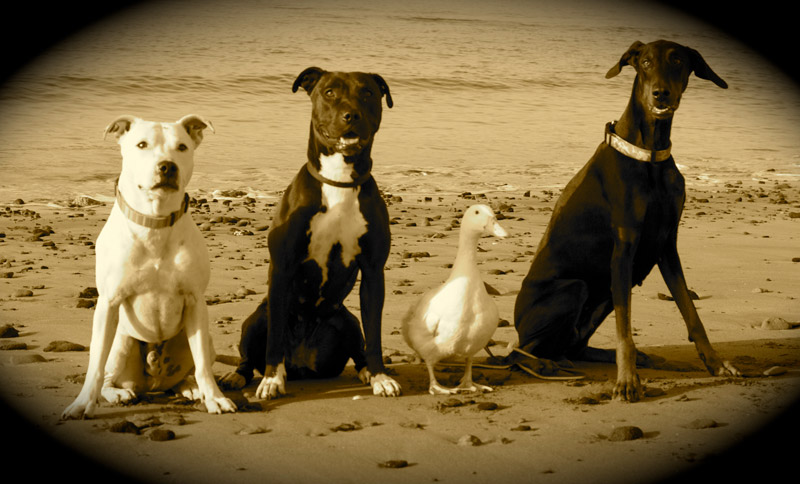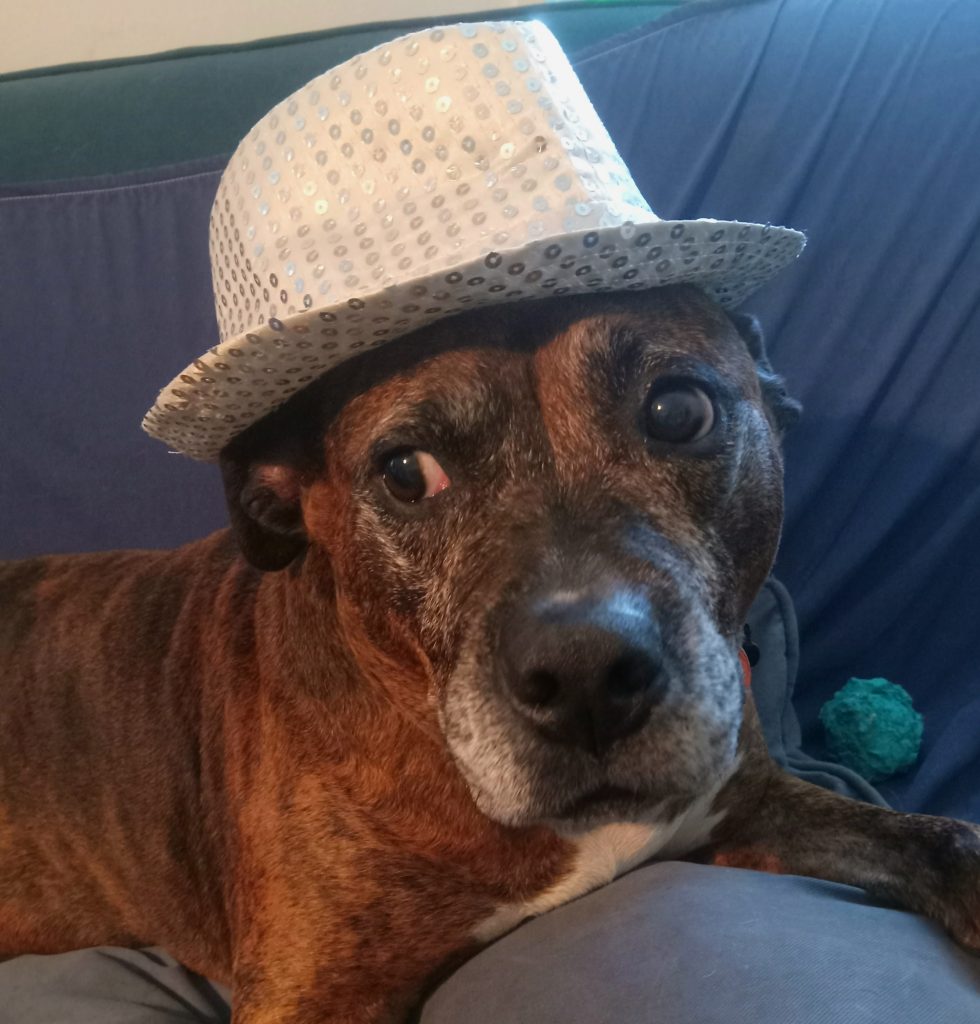So, you look in the mirror and mutter, “What you see is what you get.” But is it? Not really. We have at least two, and I would argue three, faces.
In 1932, W.H. Auden wrote, “Private faces in public places are wiser and nicer/ Than public faces in private places.” (Dedication, The Orators)
PUBLIC

(Picture by fotomorgana)
A public face refers to the image an individual, a company, political party, or any institution presents to outsiders or the public in general. As with any image, a public face is composed of a mixture of reality, myth, and lie. For purposes of this blog, I’ll focus on individuals.
For people, the face shown to the world everyday is projected by eye contact, tone of voice, a smile or an expressionless face. It’s who we are in the daily commute sitting next to someone on the train, standing in the checkout line, walking in a botanical garden. Some people talk, are cordial or engaging, while others avoid engaging and stay heads down.
The Japanese refer to this as omote (表), literally surface or exterior. Omote governs etiquette in public, personal grooming, patterns of speech, and even levels of social conformity.
PERSONAL

(Picture by Dllu)
Our personal face is the one we show to the people we know and care about the most. We might feel comfortable enough to show it to our family, friends, maybe some co-workers. Depending on the level of these relationships and how deep or trusting they are, one’s personal face—via behavior—can display character, integrity, and even flaws.
PRIVATE
A private face isn’t shown to anyone—at least not willingly—with the possible exception of a therapist—and is sometimes unclear even to the individual. It is the most honest and truest reflection of who we are. It includes our deepest and darkest secrets. It carries weight because it includes raw experiences from the past, things we are ashamed of, self-doubt, fears and insecurities, things people cover up and pretend don’t exist. Although private, this face influences decisions, relationships, and how one lives life each day.


W. Spooner, c. 1930, Wellcome Library no. 11872i
In Japan, ura (裏, literally bottom or rear) is the opposite of omote. It is the reality behind the omote image with the myth and lies of the image stripped away. Ura is the wrangling behind the scenes, the tensions among family members, or the outpourings of a drunk on a late night commuter train. Omote usually covers ura. Unexpectedly exposing ura comes with a sort of danger. There might be great damage or embarrassment or both because the unreality of the omote is revealed for all to see.
Similarly, when one reveals one’s private self, sometimes even to family or friends, the results can be hurtful, ending, or damaging relationships. Etiquette, or manners, are an aspect of public and personal faces which the individual puts on. Although what is appropriate differs in these two instances—generally looser and less formal in our personal lives—nevertheless it is extremely important.
MODERN FACES
Times change, of course. Check a bit of classic Miss Manners advice for enlightenment and laughs. Though her overall message of using etiquette to show respect for others has remained the same, her prescribed methods have certainly changed over time.
Then, too, there are fads, and what is cool becomes rad becomes bad, etc. Content and acceptable public behavior, not just words, change with time.
John Broening (of the New English Review) makes the case that the breakdown between public and private is everywhere, across all types of media.
“The private face has made itself at home in the public place, loudly sharing intimate details on its cell for everyone within earshot to share, wearing its laundry day clothes every day of the week, eating and drinking with an admirable lumpen unselfconsciousness that Rousseau would have approved of, treating the entire world as its living room.”

(Picture by Nikki Attree)
“In the world of literature, the private face has dominated the public space for some time now. What is called either the personal memoir, or misery lit, or—my favorite—autopathography, has become the defining genre of our time. Autopathography can be about addiction to alcohol (Happy Hours, Dry), pills
John Broening, Private Faces, Public Spaces
(Pillhead), heroin (Permanent Midnight) or meth (Tweaked). There are also misery-lit memoirs on anorexia (Wasted), depression (Prozac Nation), bipolar disorder (An Unquiet Mind) and sex addiction (Love Sick, The Surrender).”
But even in these times of show and tell all, and do it publicly, I believe there’s always some secret corner of oneself that is not/cannot be shared with anyone.
Bottom Line: What are your public, personal, and private faces? How different are they?


